Complete Solutions to Illustration of chapter ALCOHOL,PHENOL AND ETHERS of Class 12 book with complete answers and questions
| Class 12 | CHEMISTRY |
| Chapter | ALCOHOL,PHENOL AND ETHERS |
| CENGAGE CHEMISTRY | Illustration |
| Number Of Questions | 35 |
| Academic Year | 2023-24 |
Arrange the following compounds in the decreasing of their boiling points and solubilitiy in `H_(2)O`.
(I) Methanol (II) Ethanol (III) Propan-1-ol (IV) Butan-1-oI (V) Butan-2-oI (VI) Pentane-1-oI02:28View SolutionWhich has higher boiling point ?
(I) Phenol (II) Benzenethiol01:53View Solution(a)
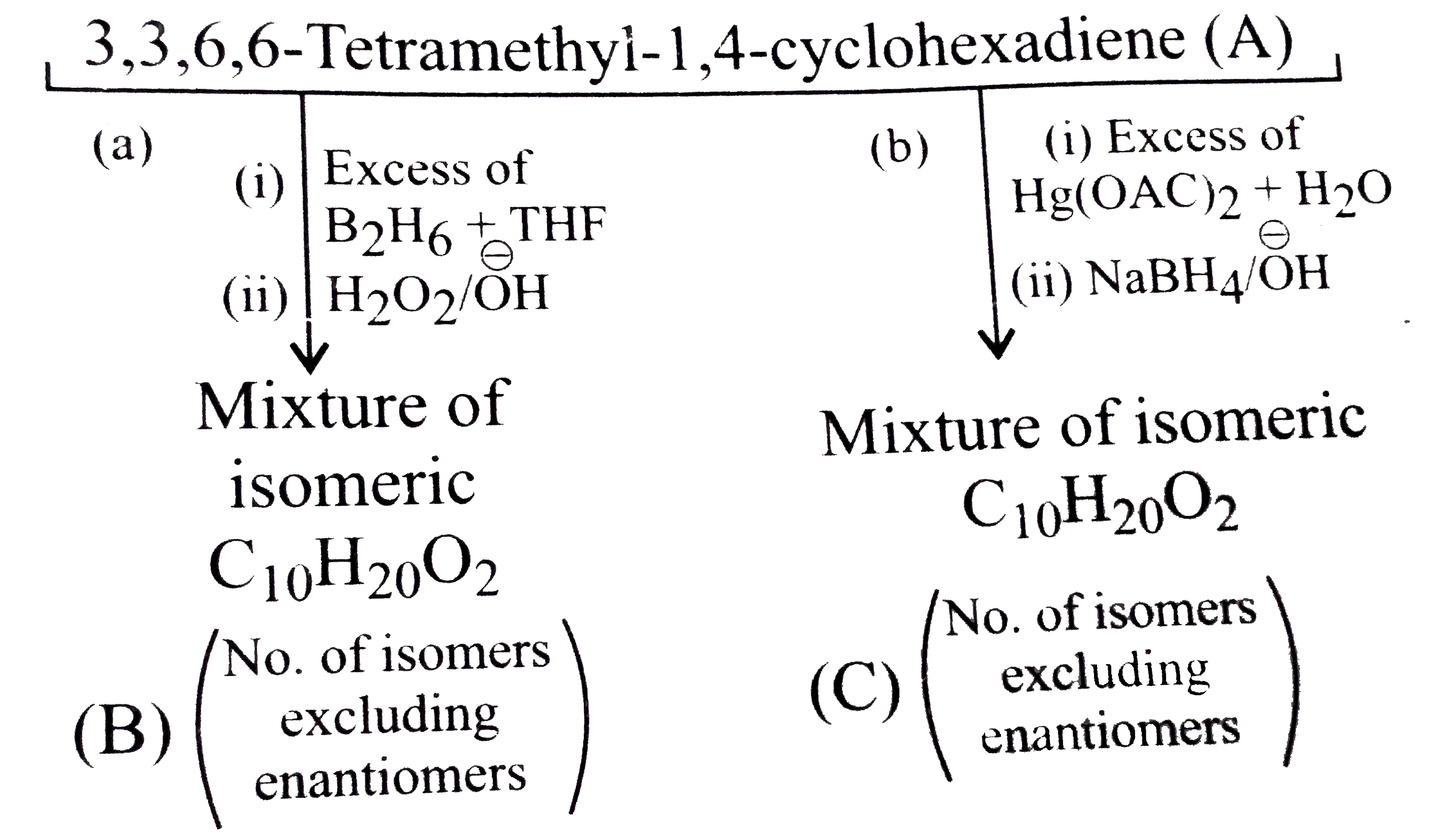
What are the numeriacl values of (B) and (C) ?View Solution`overset (Cyclobutyl ethene) underset ((A))` `overset (Dil. H_(2)SO_(4)) rarr` (B) (Number of isomeric products including stero-isomers)
13:16View SolutionComplete the following :
 03:51View Solution
03:51View SolutionSynthesise the following :
Butene to butanol and butan-2-ol03:16View SolutionComplete the following :
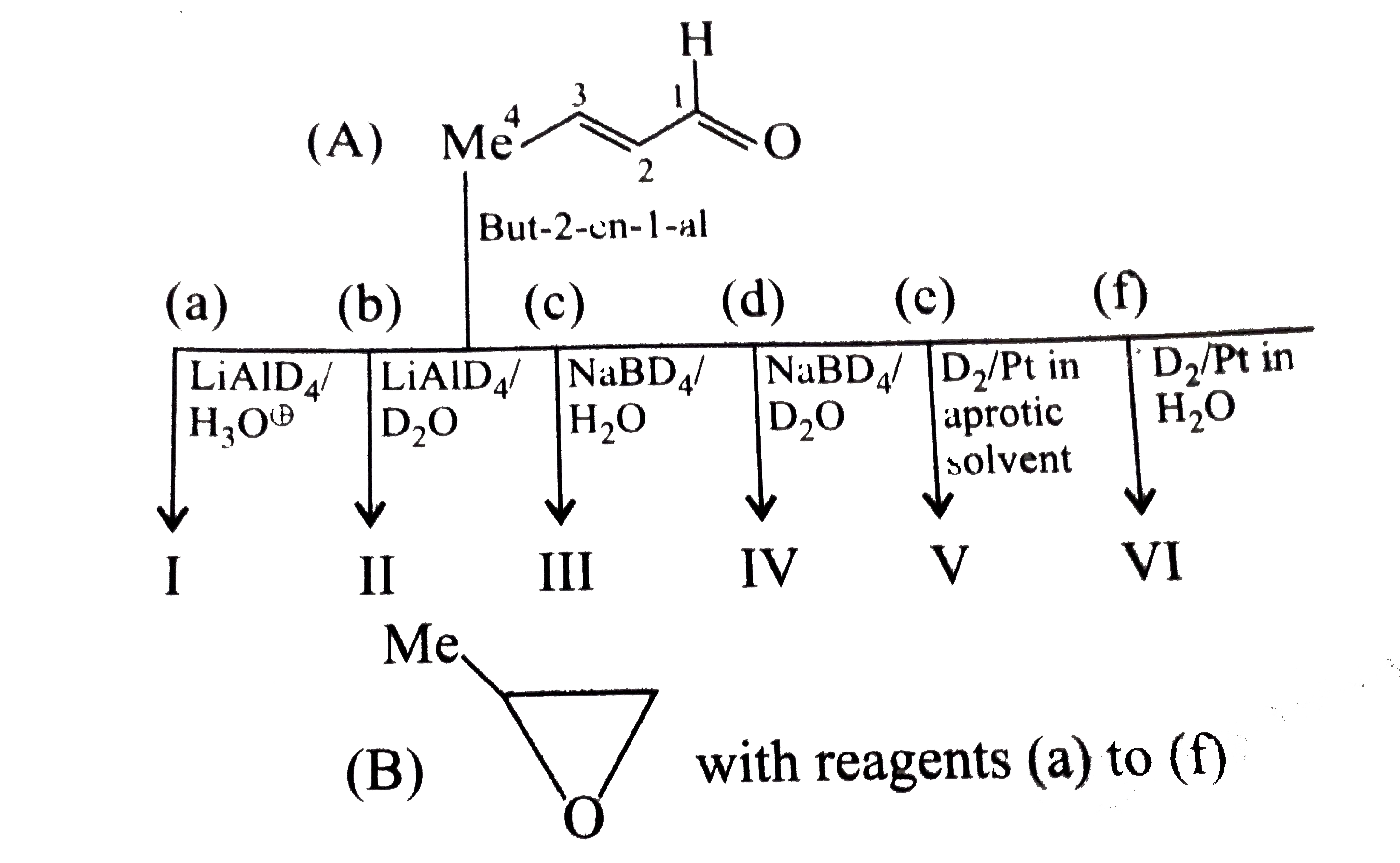 View Solution
View SolutionComplete the following reactions:
`overset (Benzen e) underset ((A))` `overset (Ac_(2)O) underset (+AICI_(3)) rarr` (B) `overset ((i) MeMgBr) underset ((ii) H_(3)O^((+))) rarr` (C) `overset (Conc.) underset (H_(2)SO_(4))` (D) `overset (1. BH_(3)//THF) underset (2. H_(2)O_(2)//O^((-))H) rarr` (E)03:39View SolutionComplete the following reaction :
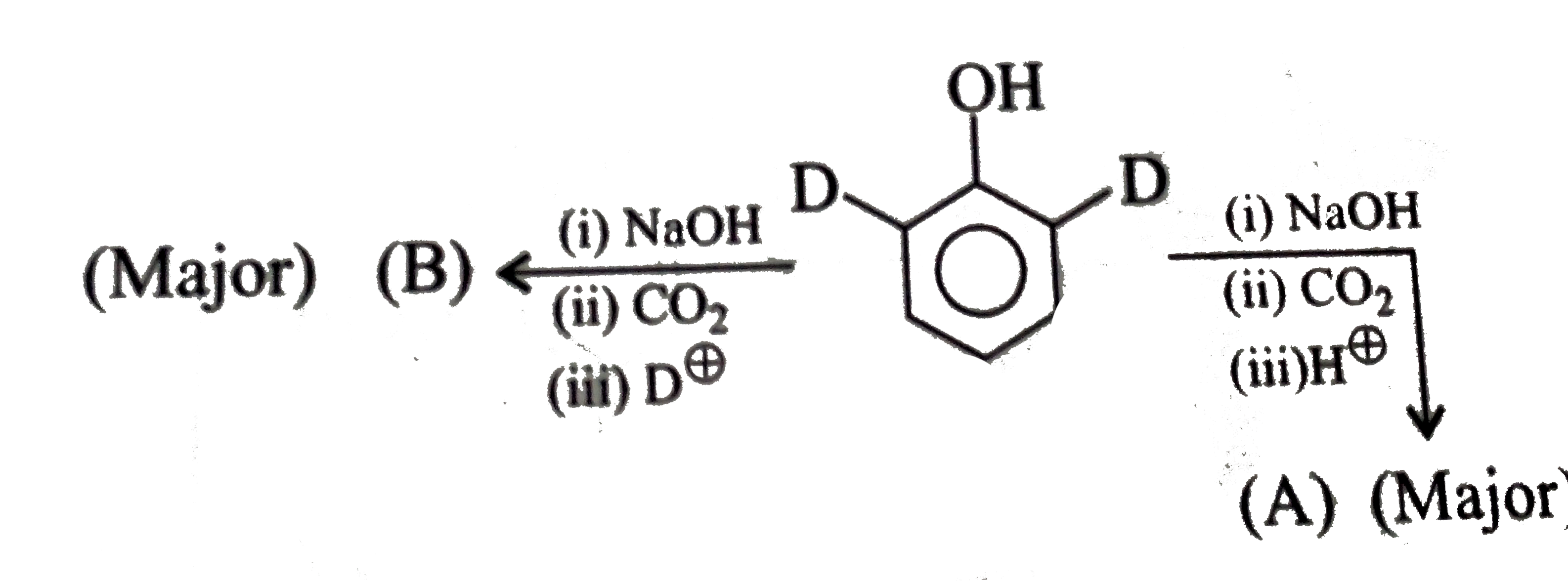 07:24View Solution
07:24View SolutionComplete the following reactions:
a.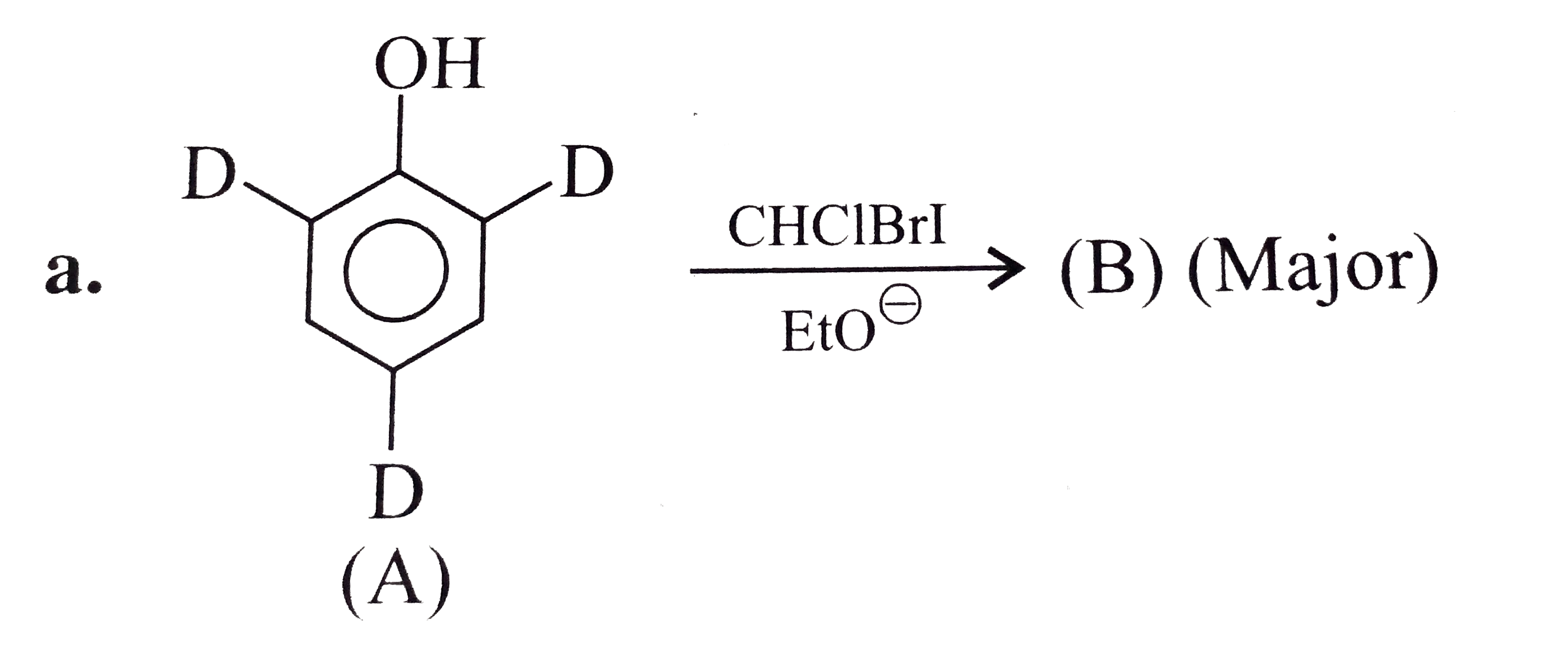
b.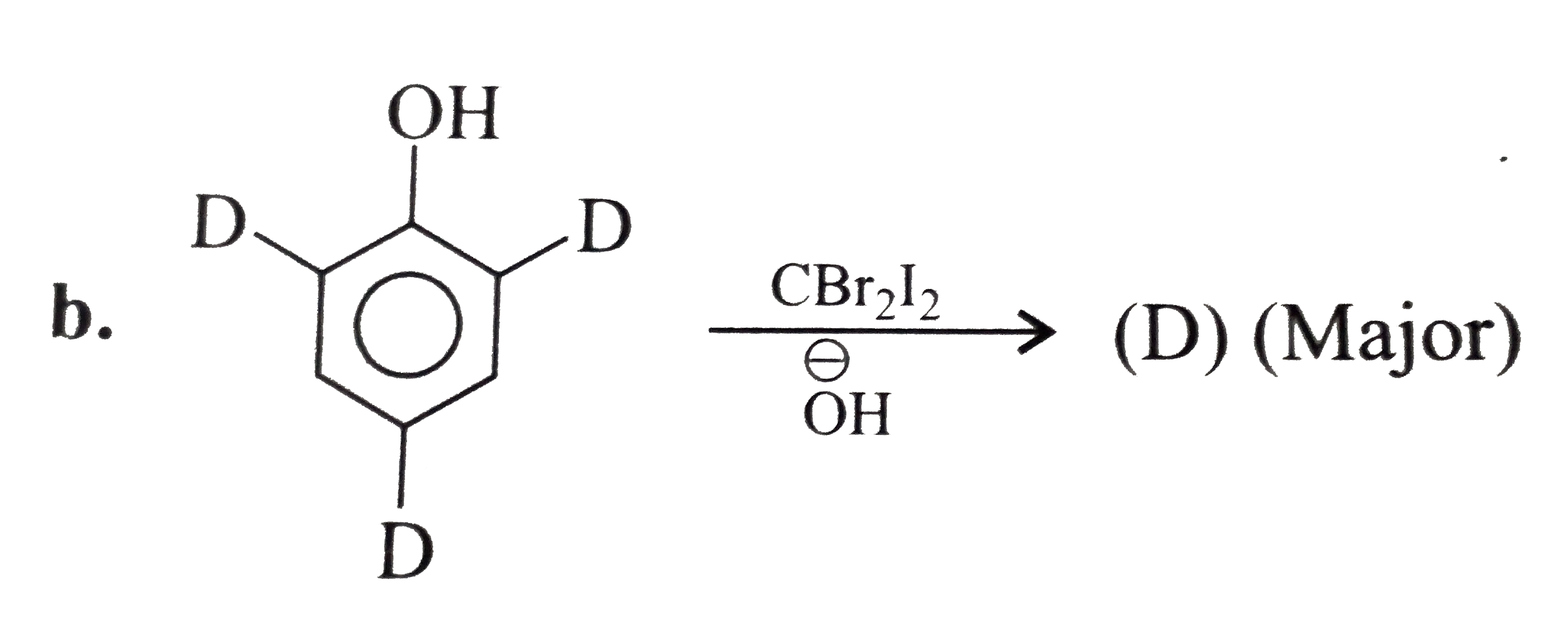
c.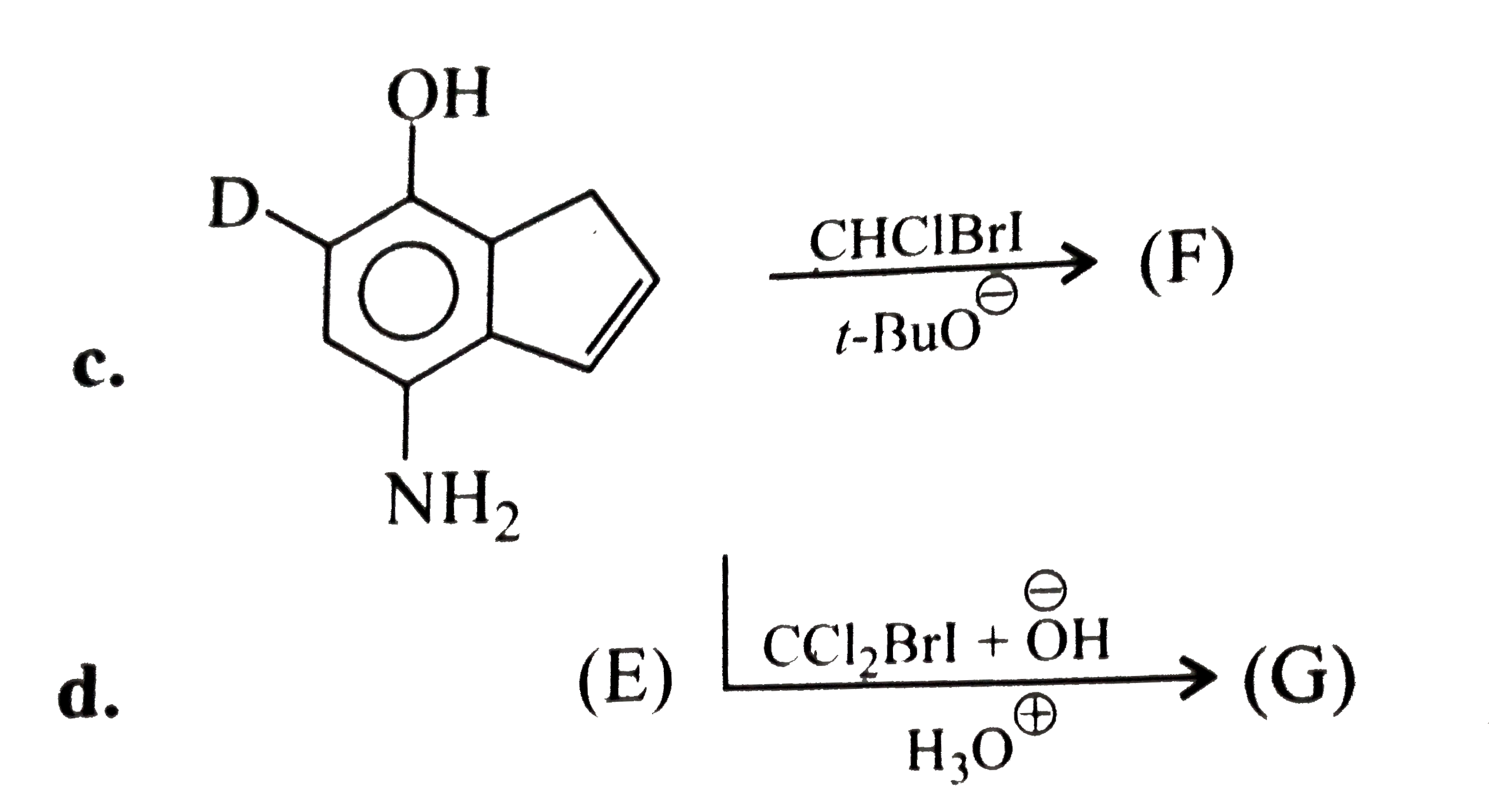 View Solution
View Solution`0.218` gm of the acetyl derivative of a polyhydric acohol (molecular mass = 92) requires `0.168` gm of KOH for hydrolysis. Calculate the number of `(--OH)` groups in the alcohol.
04:29View SolutionPerform acidic hydrolysis on given diol.
01:44View SolutionWrite the products of reaction
01:40View SolutionGiven products of the following:
a.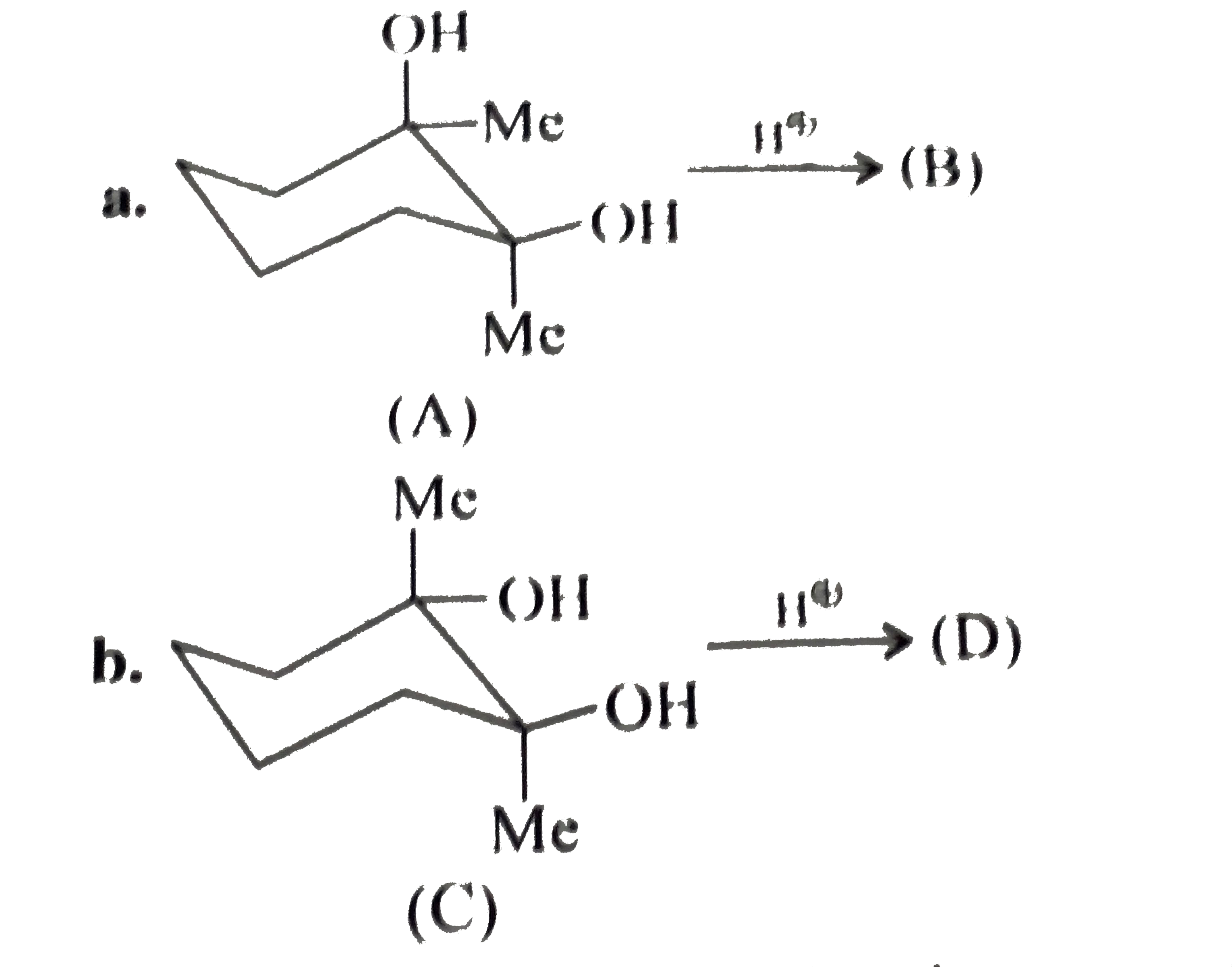 02:45View Solution
02:45View SolutionState, whether the following statements are True or False: Williamson's synthesis of ethers is an example of nucleophilic substitution reaction.
01:46View Solutiona. Given the decreasing order of Lewis basicities of the following:
i.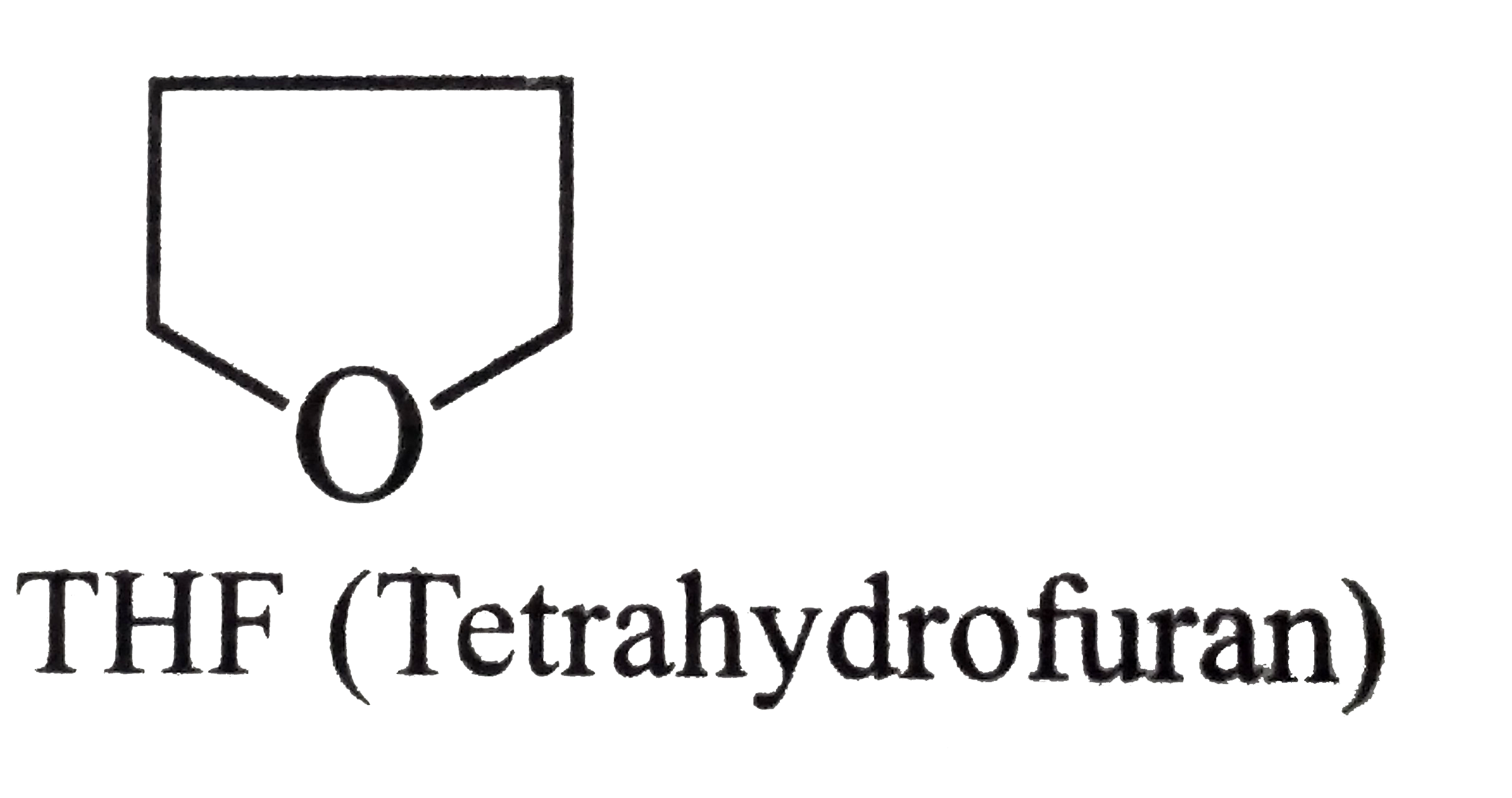 ii. `overset (C_(2)H_(5)--O--C_(2)H_(5) underset (Dirthyl ether)`
ii. `overset (C_(2)H_(5)--O--C_(2)H_(5) underset (Dirthyl ether)`
iii.
b. i.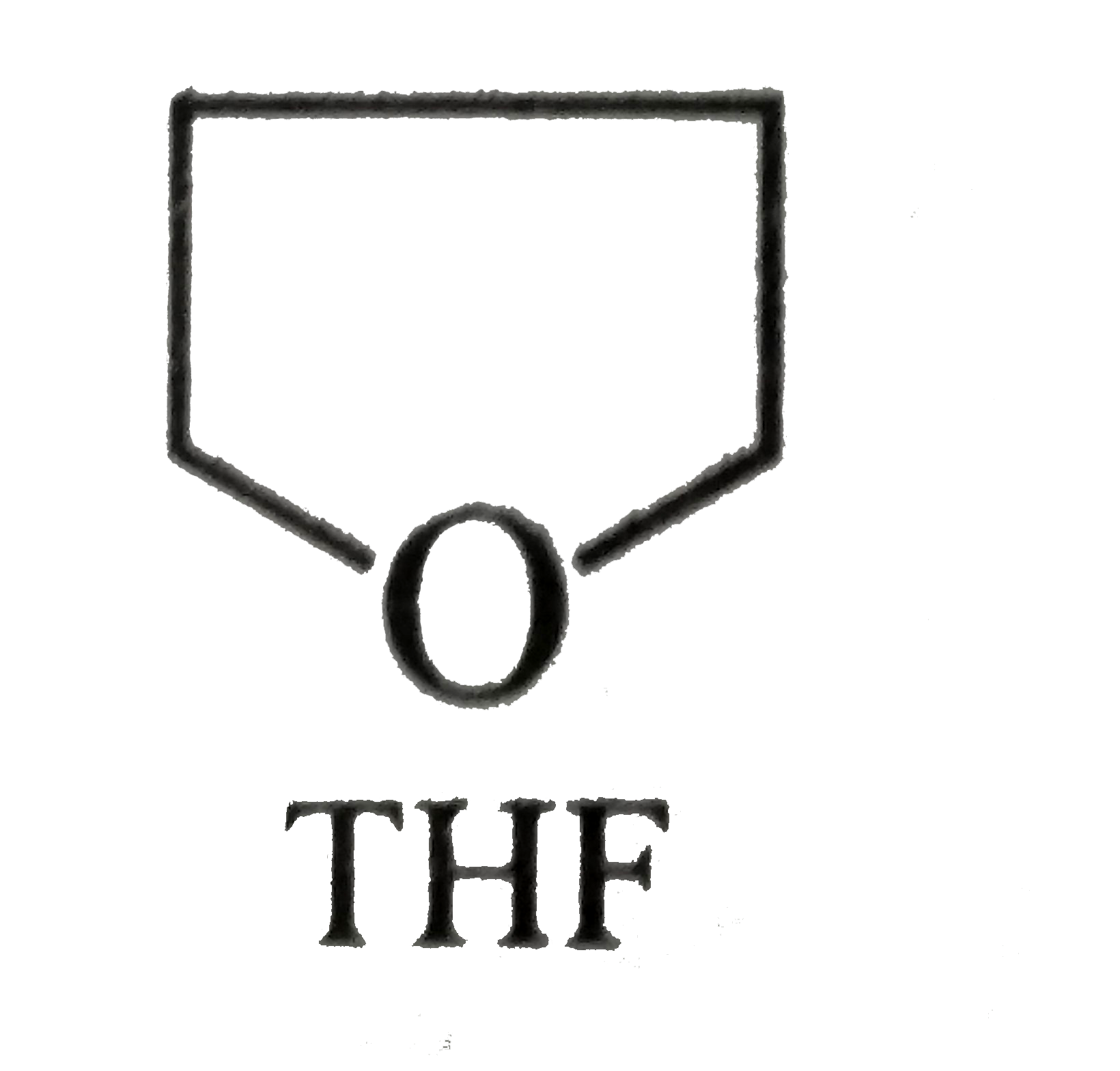 ii.
ii. 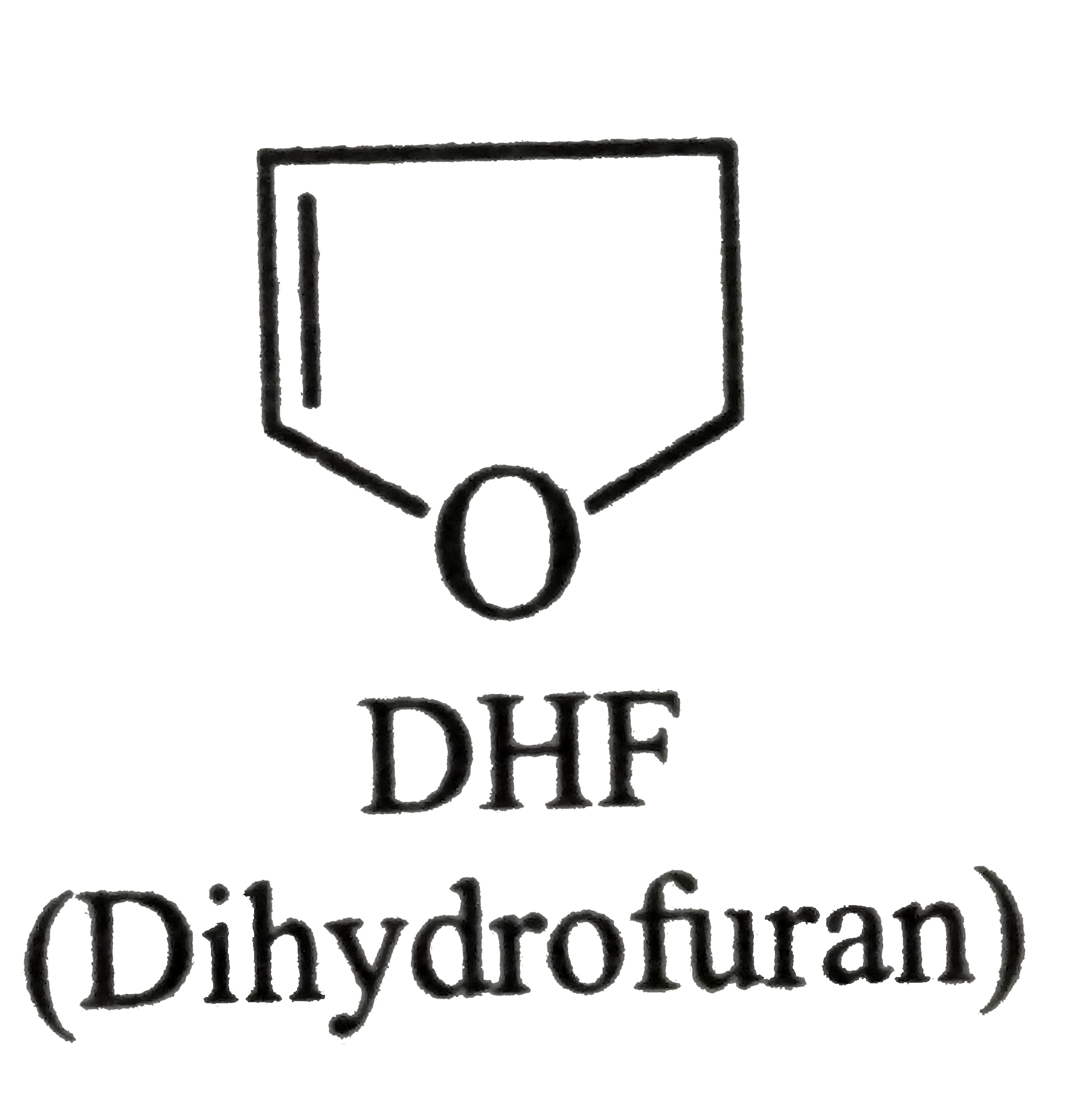 iii.
iii. 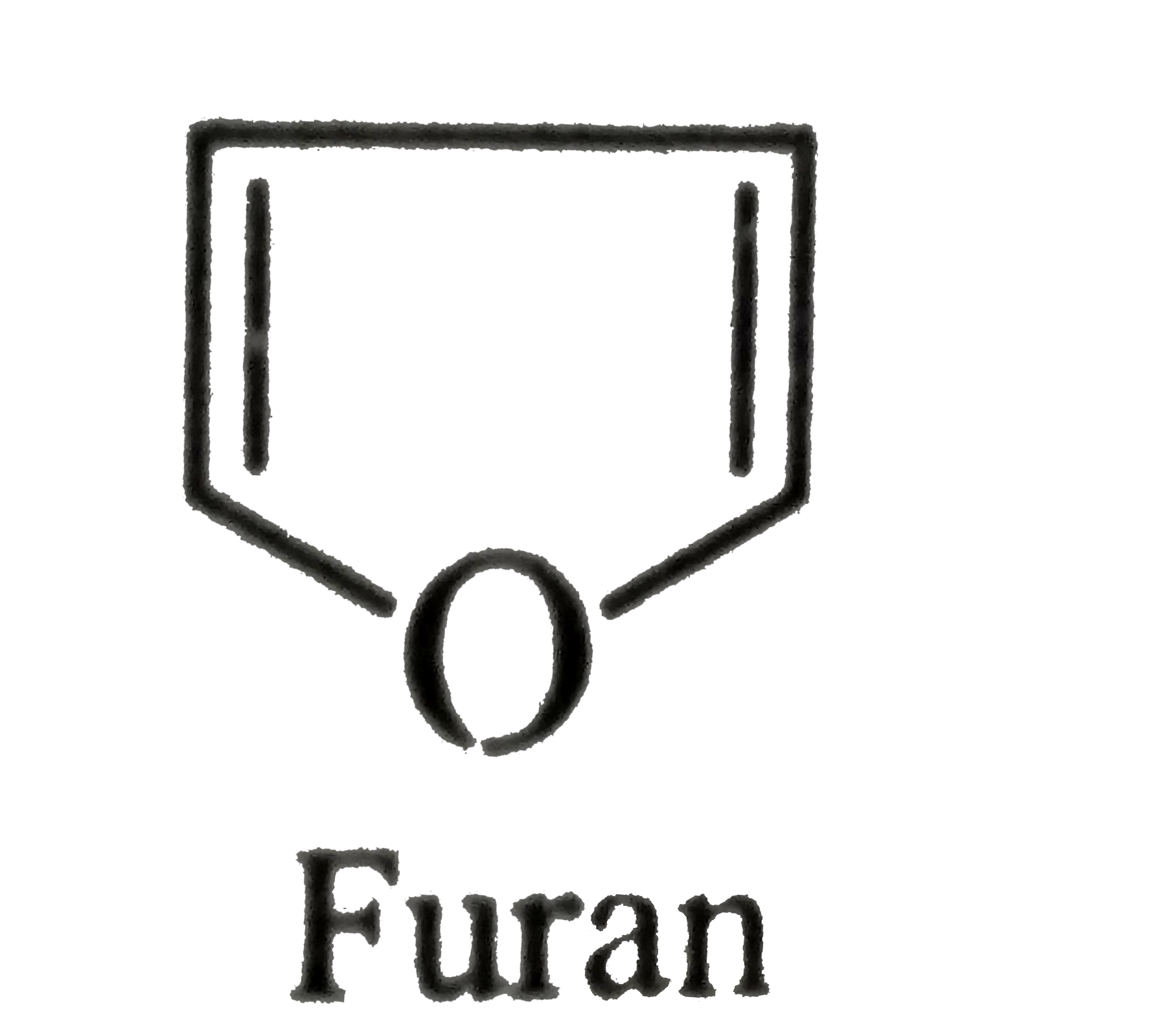
c. Completer the following reaction :

d. (A)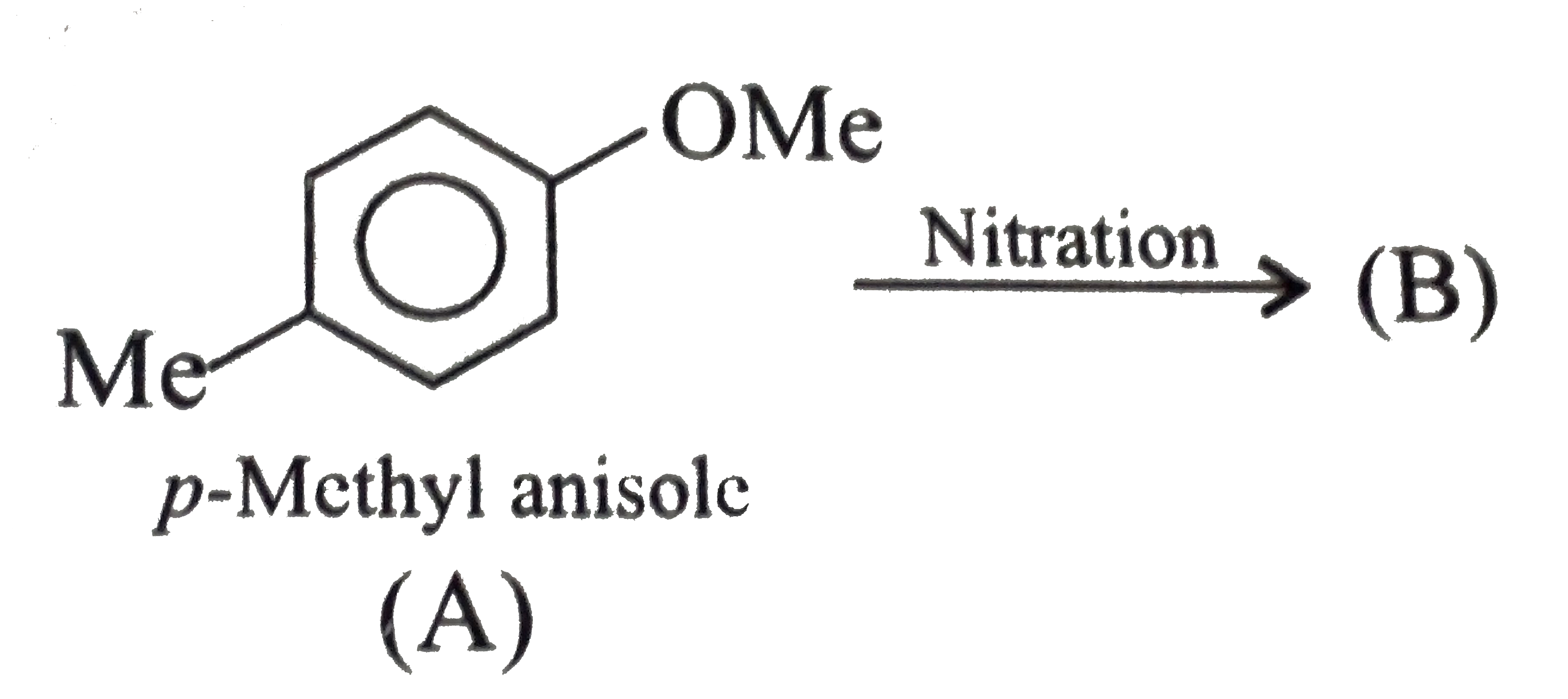 (B) `overset (Nitration) rarr`
(B) `overset (Nitration) rarr`
e.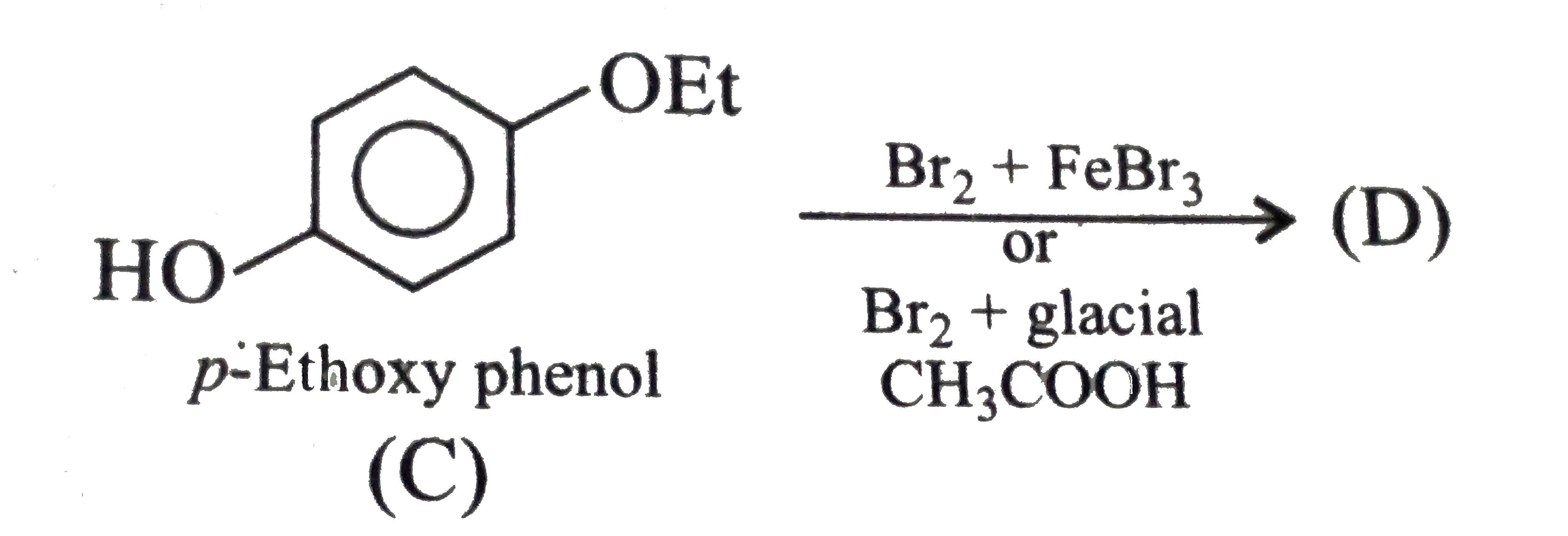
f. How are the ethers distinguished form alcohols ?View Solutiona. Given the major products formed by heating the following ethers with conc. HI with metioning `SN^(-1)` or `SN^(-2)` mechanism.
i. (1- Propoxy propane)
(1- Propoxy propane)
ii. `Ph--O--Me` (Methoxy benzene)
iii. `Ph--CH_(2)--O--Et` (benzyl ethyl ether)
iv. (1-Ethoxy-2-methyl butane)
(1-Ethoxy-2-methyl butane)
v. (2-Propoxy-2-methyl butane)
(2-Propoxy-2-methyl butane)
vi. `PhCH_(2)OPh` (Benzyl phenyl ether)
vii. (Tetrahydrofuran, THF)
(Tetrahydrofuran, THF)
b. Given the products of the above ethers with excess of HI.
c. Why does `SN^(-2)` cleavage occur at a faster rate with HI than with HCI ?View SolutionWrite the names of reagents and equations for the preparation of the following ethers by Williamson’s synthesis:
(i) 1-Propoxypropane (ii) Ethoxybenzene
(iii) 2-Methoxy-2-methylpropane (iv) 1-Methoxyethane03:21View SolutionGiven the mechanism for the formation of following hydroperoxide..
 02:14View Solution
02:14View SolutionThe increasing order of electron donating inductive effect of alkyl group is : CH3,C2H5,H,C3H7
01:53View SolutionGiven the products of the following ethers with:
a. Aqueous HI b. Anlydrous HI + ether c. Excess of aq. HI
(I)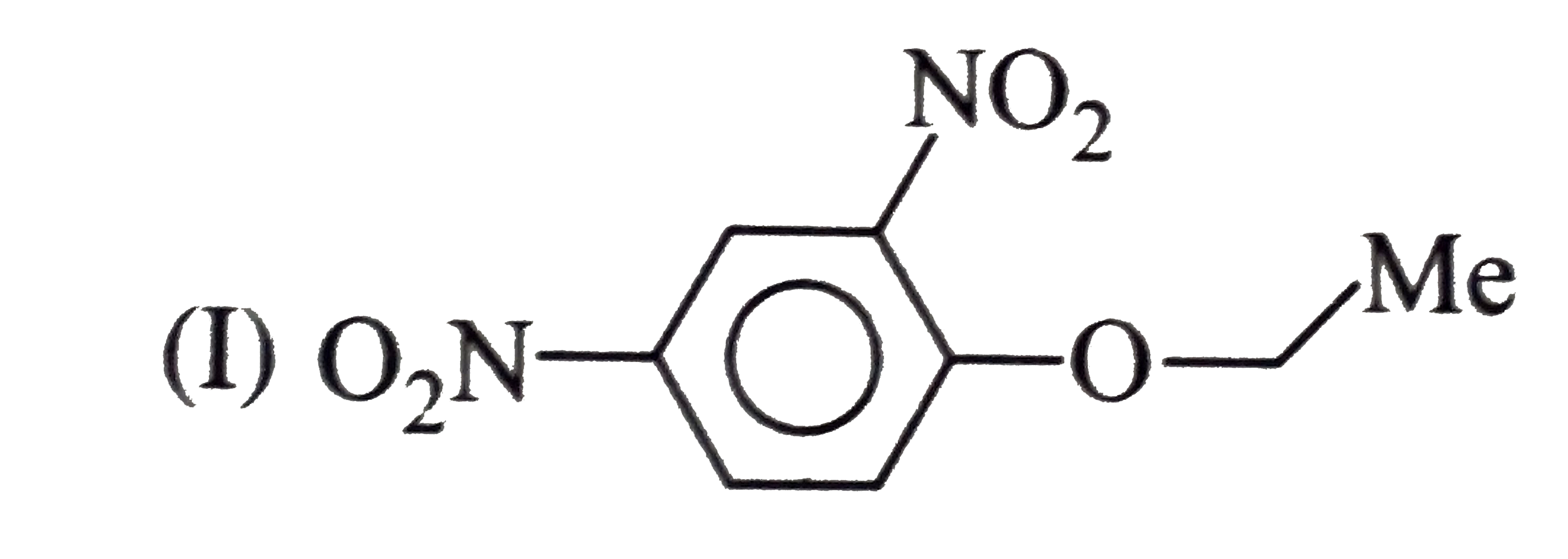 01:59View Solution
01:59View SolutionSelect the correct answer:
a. 01:18View Solution
01:18View SolutionThere are two paths for the preparation of phyebnyl-2, 4-dinitro phenyl ether (C). Which path is feasible and why ?
Path I :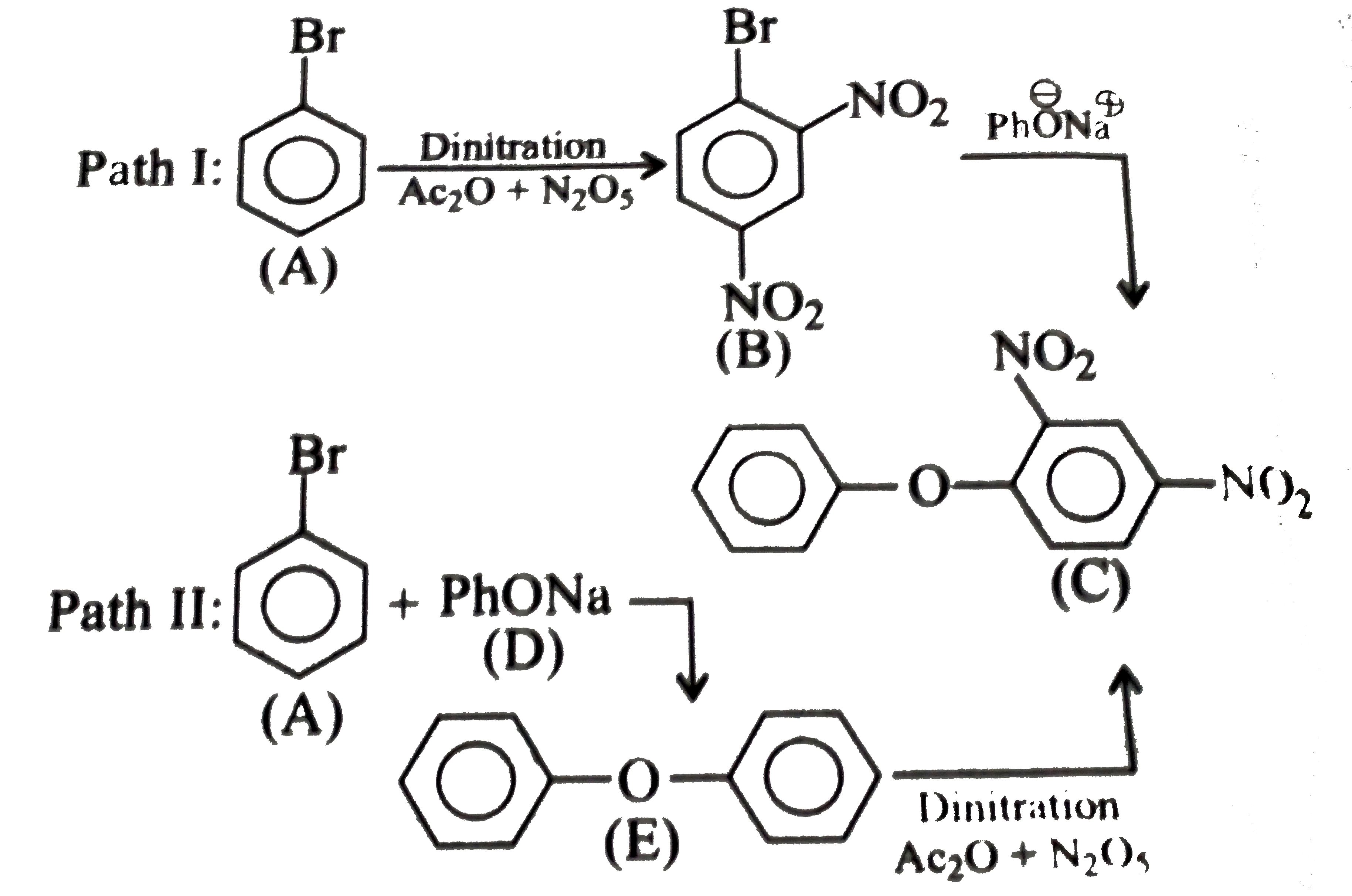 02:33View Solution
02:33View SolutionConvert benzene to the following compounds:
 01:46View Solution
01:46View SolutionComplete the following reactions:
02:24View SolutionWhich is the best method for the protection of (OH) group during the following synthesis ? Explain.
a.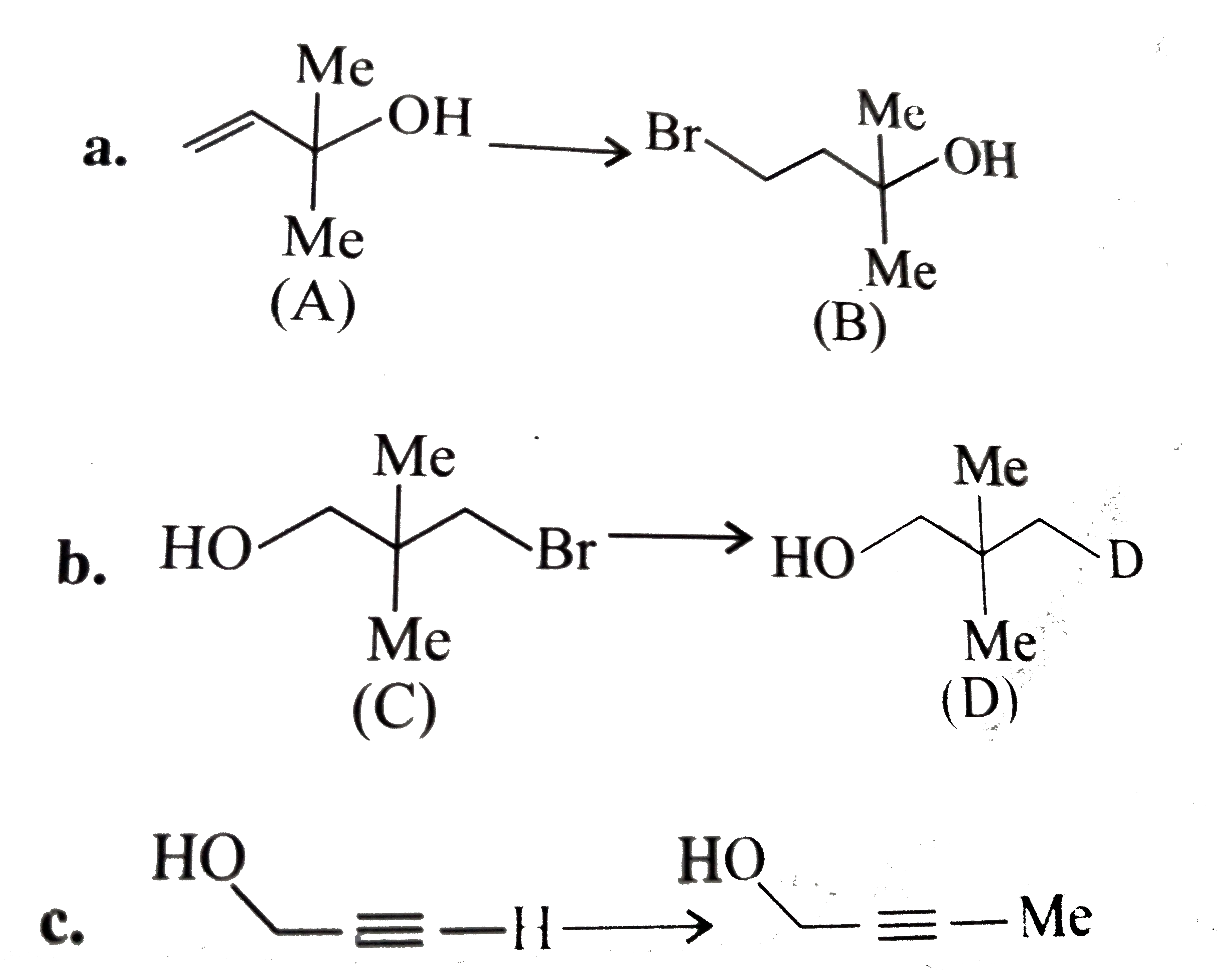 View Solution
View SolutionComplete the following:
01:14View SolutionSynthesise the following compounds :
 01:23View Solution
01:23View SolutionComplete the following reaction:

What is the product (C) and (D)?02:19View SolutionIdentify (B) and (D) in the following reaction:
 02:39View Solution
02:39View SolutionI. Synthesies the anti-oxidant food preservatives:
a.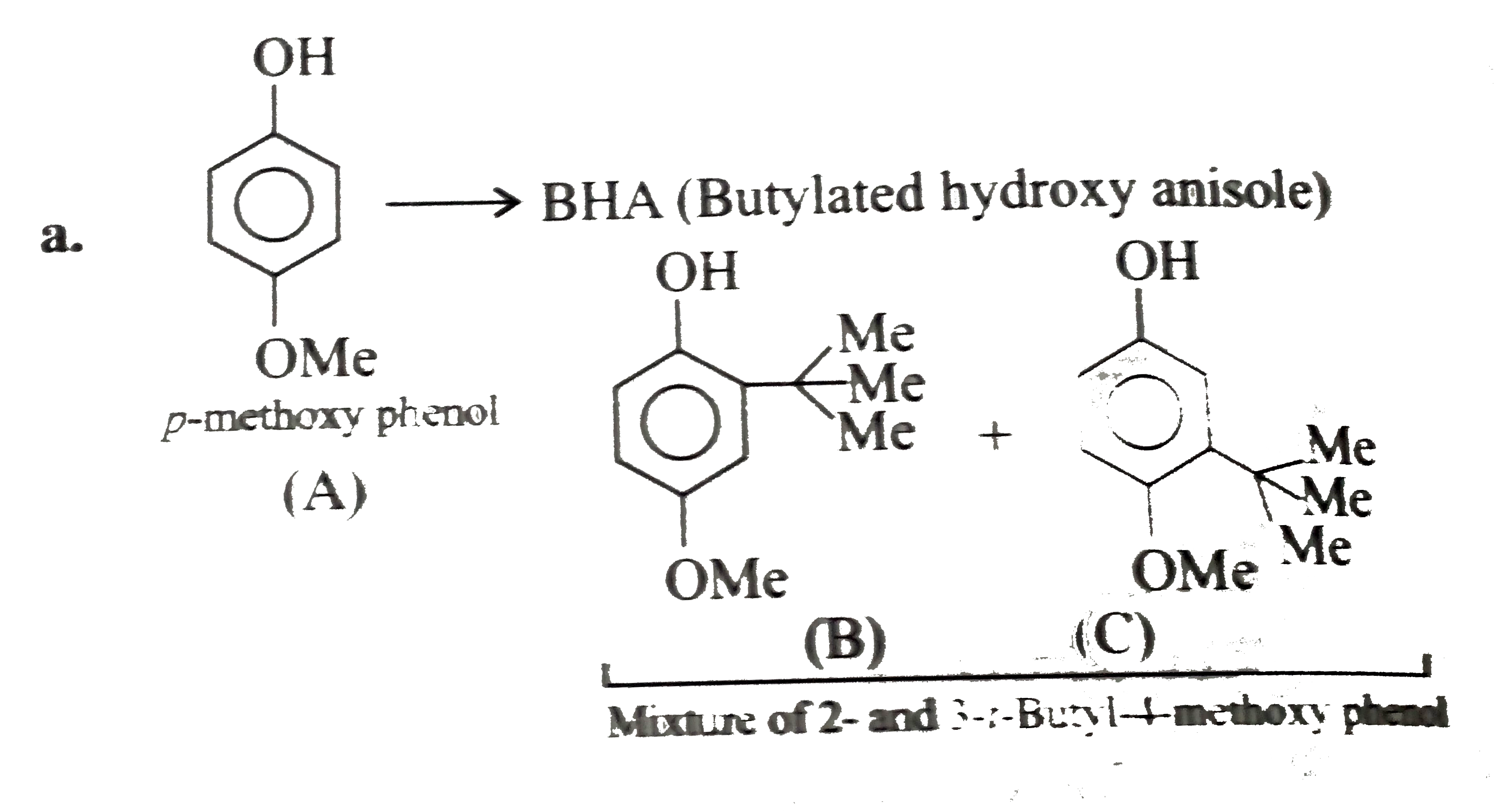
b.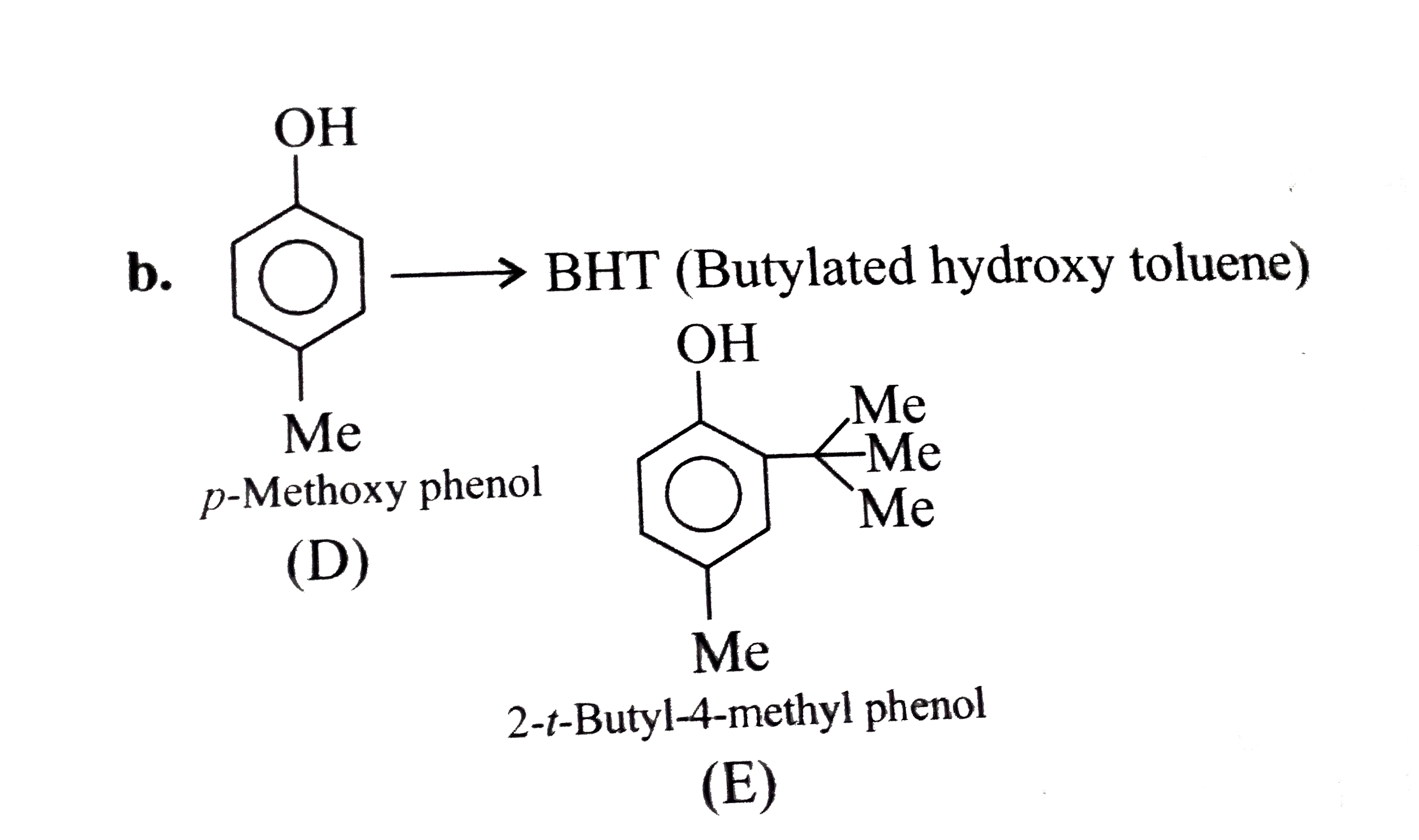
II. Complete the following reactions:
a.
b.
c. n mol of (C) + n mol of (F) `rarr` (G) (polymer)
d. `overset (PhOH) underset ((A))` + `overset (3CH_(2)) underset ((B))`=O `overset (H^(o+)) rarr` (C) `overset (H_(2)//Ni) underset (Delta, pressure) rarr` (D)
e.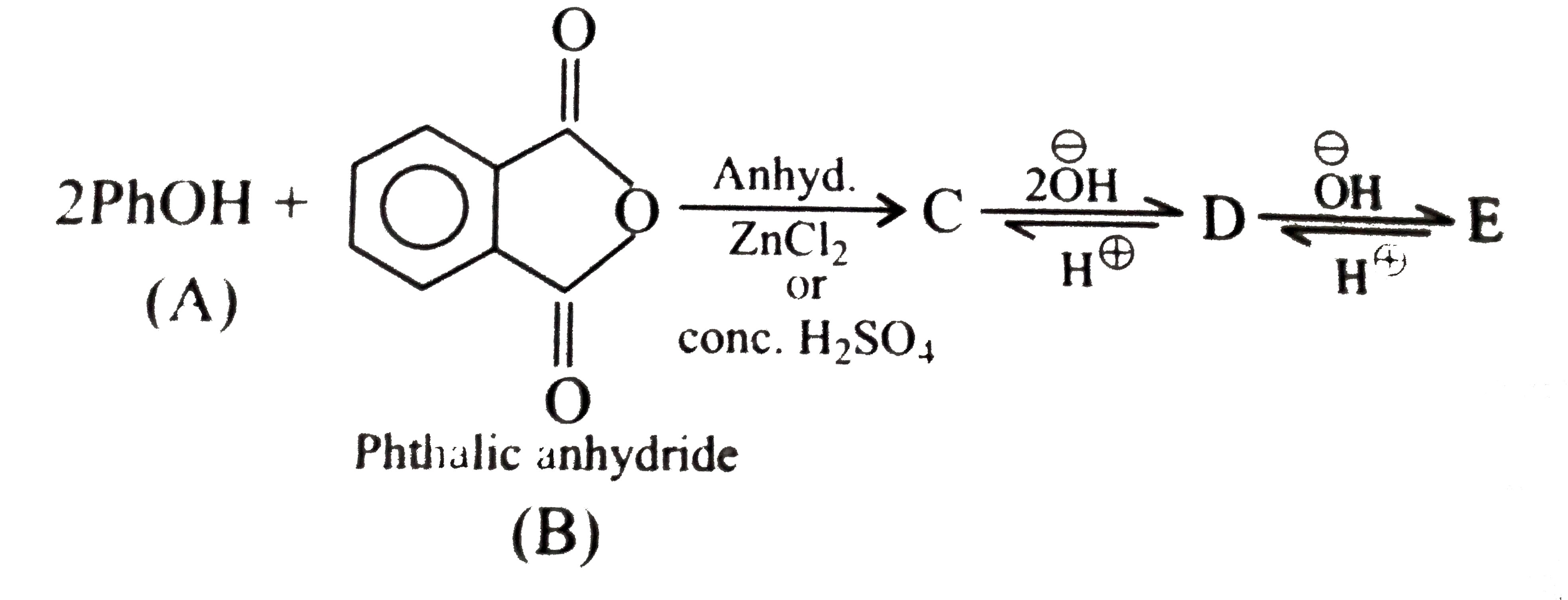 View Solution
View SolutionComplete the following reaction:
 View Solution
View SolutionExplain the formation B and C, optically pure different isomers form (A) via SN1
 02:10View Solution
02:10View SolutionPredict the product (C) and (D)
 02:04View Solution
02:04View SolutionComplete the following reaction:
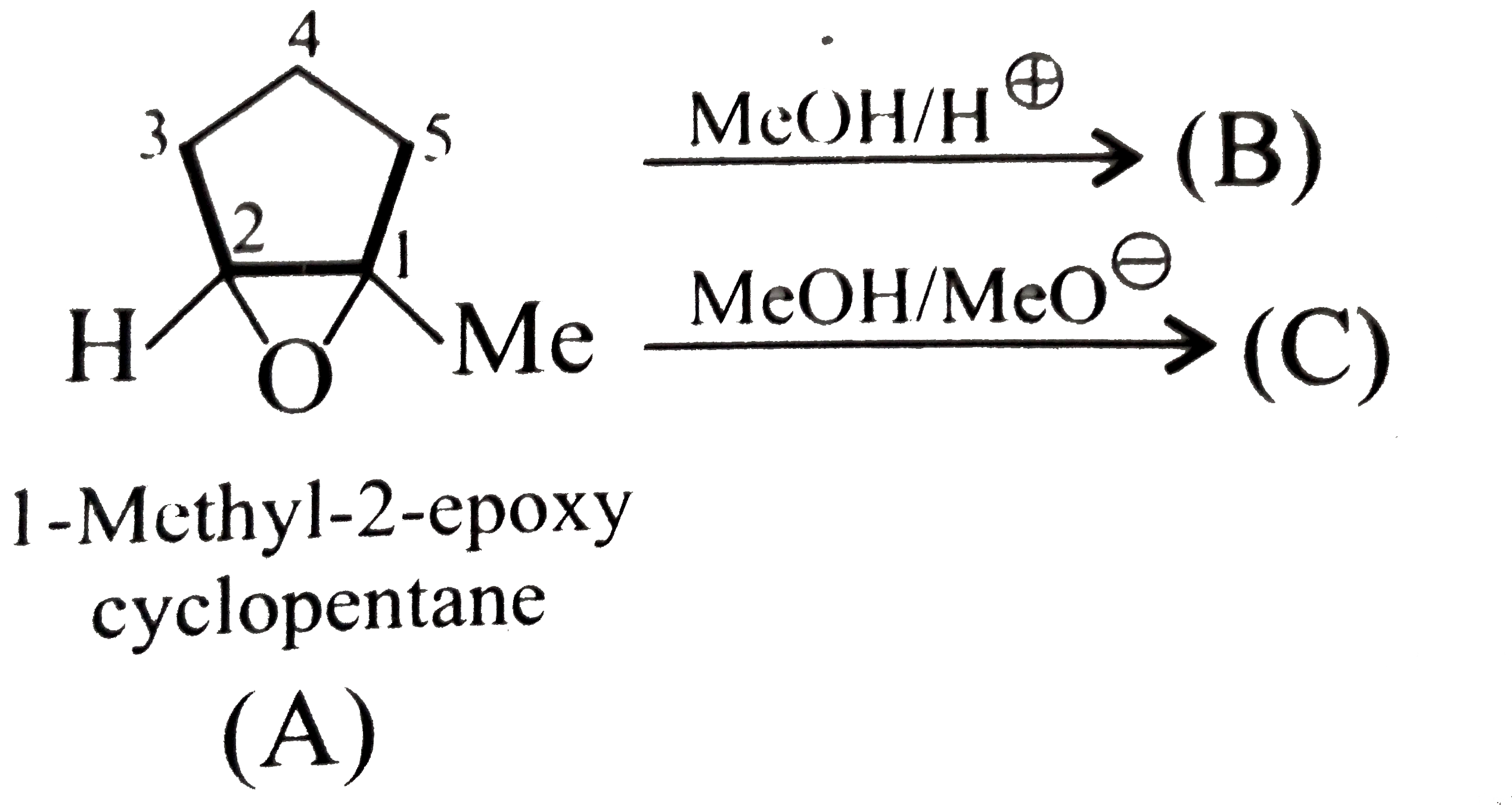 04:21View Solution
04:21View Solution
Illustration questions and complete solutions for chapter ALCOHOL,PHENOL AND ETHERS of CENGAGE CHEMISTRY (ENGLISH) of Class 12
All Exercises from CENGAGE CHEMISTRY Class 12 CHEMISTRY ALCOHOL,PHENOL AND ETHERS
- Archives Analytical And Descriptive
- Archives Assertion-Reasoning
- Archives Fill In The Blanks
- Archives Linked Comprehension
- Archives Multiple Correct
- Archives Single Correct
- Archives True/False
- Exercises Assertion-Reasoning
- Exercises Concept Application
- Exercises Linked Comprehension
- Exercises Multiple Correct
- Exercises Single Correct
- Exercises Subjective
- Illustration
- Solved Examples
